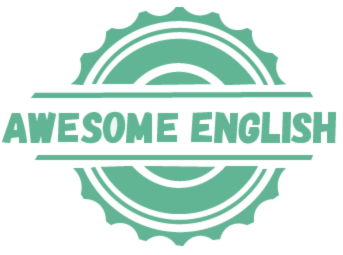IELTS Reading has a total of 3 sections. It has a duration of 60 minutes to complete 40 questions. You get 1 mark for each correct answer.
The IELTS Reading section for both IELTS Academic and General Training tests has similar questions. The sources of texts for both these are different as in IELTS Academic you will get texts from books journals, magazines, newspapers and online resources. Whereas in the IELTS General Training test, you will get texts from everyday topics, work topics and topics of general interest.

IELTS Reading Tasks / Questions
IELTS Reading has the following questions/tasks
Multiple choice
The Multiple-choice question has four possible answers to a question, and you have to select one or more correct answers from the options. Please read the question carefully to choose the correct number of answers.
The questions and the text are in the same order, so the answer to the first question will be before the answer to the second question in the given text.
This question type tests your ability to understand specific points or the main points of a text.
Identifying information (True/False/Not given)
In this question type, you have to read a text and identify if the statements given to you match the information given in the text and answer True, false or Not given. Be careful in choosing between False and not given as false means that it doesn’t match the information in the text whereas not given means that the information is not present.
This question type tests your ability to understand the information in a given text.
Identifying writer’s views/claims (Yes/No/Not given)
In this question type, you will have to read a text and then answer whether the given statements align with the views and claims of the writer, and you will have to choose from Yes/No/Not given.
This question type tests your ability to recognise opinions or ideas.
Matching Information
In this question type, you must read paragraphs or text sections identified by letters A, B, C, D, etc. You need to match the letter of the paragraph with the options given. Some paragraphs will be used more than once while others might not be used at all. Please read the instructions carefully as they say “You may use any letter more than once’”.
This type of question tests your ability to scan a text for specific information.
Matching Headings
In the Matching Headings question type, there is a list of headings identified by Roman (i, ii, iii, etc.). Each heading will summarise the main idea of a paragraph or section of the text. You need to match the heading with the correct paragraph or section identified by A, B, C, D, etc. There are more headings than paragraphs or sections. Not all the headings will be used and each heading will be used only once.
This type of question tests your ability to identify the topic of a text and differentiate between the main topics and sub-topics.
Matching Features
In this question type, you have to read a text and then match the correct answers to the questions from the options given. Some options may not be used. while others may be used more than once.
please read the question carefully as it will say: ‘You may use any option more than once’.
This type of question checks your ability to skim the text, find the relevant information and recognise connections between facts.
Matching Sentence Endings
In this question type, you have to read a text and choose the correct ending for the given sentences from various options given to you. There will be more sentence endings than beginnings. The sentence endings will be in the same order as the information in the text.
This type of question checks your ability to understand the main ideas in a text.
Sentence Completion
In this question type, you have to read a text and then complete the sentences given using the appropriate words from the text. Read the instructions carefully for the word limit that you can use to complete the sentences, for example,” ‘NO MORE THAN TWO WORDS AND/OR A NUMBER”.
The test doesn’t test contracted words like you’re, they’re, etc.
The test counts hyphenated words as one word e.g. hop-in, check-in, etc.
Questions will be in the same order as the information in the text.
This type of question checks your ability to find detailed or specific information in a text.
Summary/note/table/flow-chart completion
In this type of question, you need to read a text and complete a summary that may be given in the form of continuous text, notes, a partially empty table and a partially empty flow chart.
The answers may not be in the same order as in the text. The task has two variations.
In the first variation, you will have to select the words from the text to fill the gap.
In the second variation, you will have to fill the gap using the answer options given.
There may be a word limit and if you exceed the limit you will lose marks.
The test doesn’t test contracted words like you’re, they’re, etc.
The test counts hyphenated words as one word e.g. hop-in, check-in, etc.
This type of question checks your ability to understand the main ideas of a given text.
Diagram label completion
In this question type, you must complete the labels on a diagram by reading a given text to find appropriate answers. The diagram could be a machine, a part of a building or any other information. There may be a word limit given. If you exceed the limit you will lose marks.
The test doesn’t test contracted words like you’re, they’re, etc.
The test counts hyphenated words as one word e.g. hop-in, check-in, etc.
This type of question checks your ability to find relevant information about a diagram from a detailed text.
Short-answer questions
In this question type, you will have to answer questions by reading a given text. choose your answers from the words given in the text. Please read the question carefully for the word limit given to answer the question. If you exceed the limit you will lose marks.
This type of question checks your ability to find specific information in a given text.
